How is the "Lock-In Effect" Affecting You?

In the current real estate landscape, many homeowners and prospective buyers are grappling with a phenomenon known as the "Lock-In Effect." This term refers to the tendency of homeowners to remain in their current properties due to unfavorable market conditions, particularly rising interest rates. As we delve into how this effect is influencing the housing market, we will explore the implications for mortgages, supply constraints, low inventory, and the overall cost of moving.
Understanding the Lock-In Effect
The "Lock-In Effect" is primarily driven by rising interest rates. When homeowners secure a mortgage at a lower rate, they become hesitant to sell their homes and purchase new ones when current rates are significantly higher. For instance, if a homeowner locked in a mortgage rate of 3% several years ago, they may be reluctant to move now that rates have climbed to 7% or more. This reluctance creates a ripple effect throughout the real estate market.
The Impact of Rising Interest Rates
Rising interest rates have made borrowing more expensive for potential homebuyers. Higher mortgage rates increase monthly payments, which can push homeownership out of reach for many individuals and families. As a result, fewer buyers are entering the market, leading to decreased demand for homes. This decrease in demand can further exacerbate existing supply constraints.
Supply Constraints and Low Inventory
The combination of rising interest rates and the Lock-In Effect has contributed significantly to supply constraints in the housing market. Many homeowners are choosing to stay put rather than risk losing their favorable mortgage terms by moving into a higher-rate environment. Consequently, fewer homes are being listed for sale, leading to an already tight inventory becoming even more constrained.
Low inventory levels create a competitive environment among buyers still willing and able to enter the market. With limited options available, bidding wars can ensue over desirable properties, driving prices even higher. This scenario not only affects those looking to buy but also places pressure on renters who may find themselves competing with prospective buyers for available rental properties.
The Cost of Moving
The financial implications of moving in today’s market cannot be overlooked. Beyond just the increased cost of financing due to higher interest rates, other expenses associated with moving can be daunting. Closing costs, moving fees, repairs or renovations needed before selling a home—these factors add up quickly.
Moreover, sellers must consider whether they will receive enough from their current home sale to afford another property at today’s inflated prices. The fear of taking on additional debt or facing financial strain discourages many from making a move despite their changing needs.
If homeowners sell their current property and buy another, they would need to take out a new mortgage at current higher rates. This creates a financial disincentive, as the cost of owning a new home could be significantly higher, even if the new home is comparable in value.
Impact on Housing Market Dynamics
- Stagnation: The housing market becomes less fluid, as fewer transactions occur. Buyers face both limited options and higher borrowing costs.
- Delayed Transitions: People who might otherwise move for reasons like job changes, downsizing, or upsizing are holding off.
This lock-in effect is one of the main factors creating a "gridlock" in the housing market, where potential sellers are staying put, and buyers are either priced out or stuck competing for limited inventory.
Categories
Recent Posts

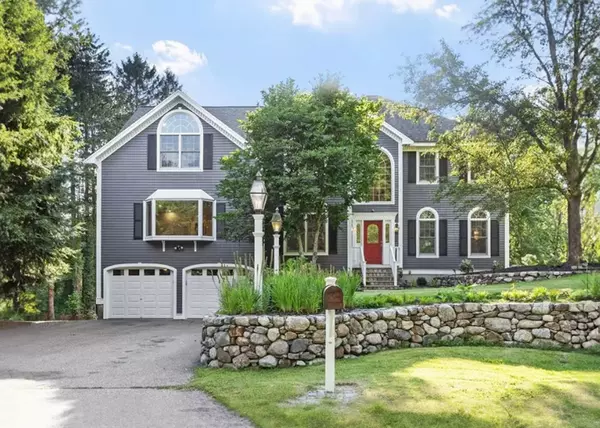
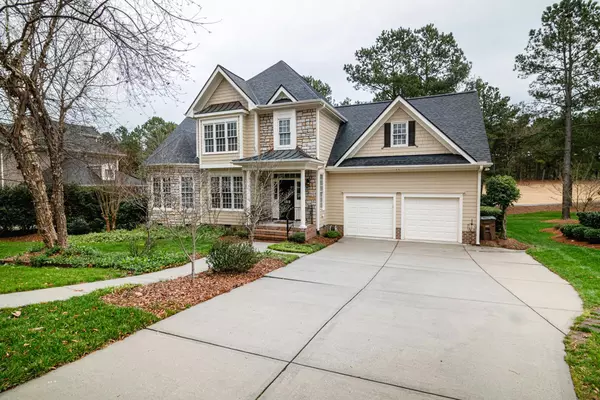




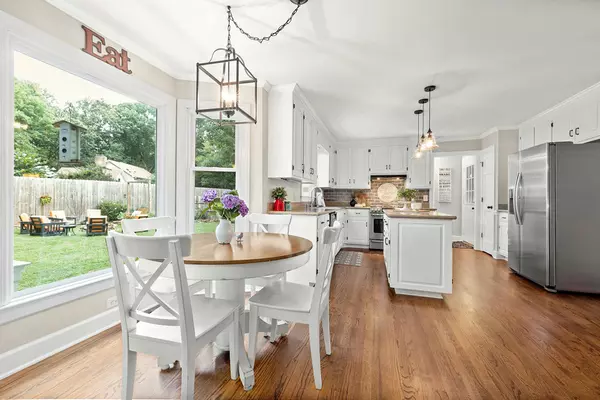
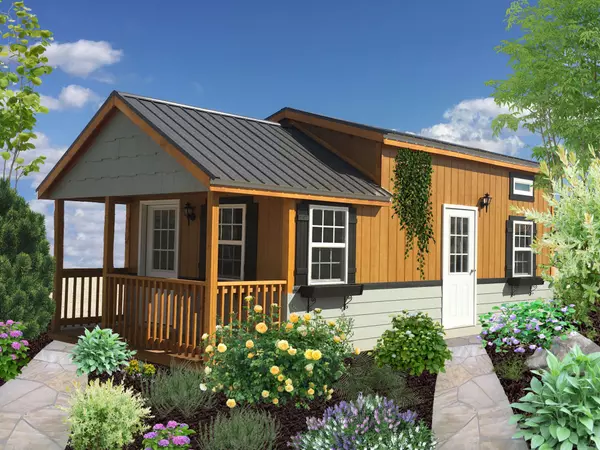

MEET OUR TEAM
Our team of agents are ready to help you reach your real estate goals by making your needs our number one priority. We recognize you have a choice when it comes to working with a real estate professional. Our team of agents looks forward to earning your trust and helping you discover the smarter way to buy or sell a home.


